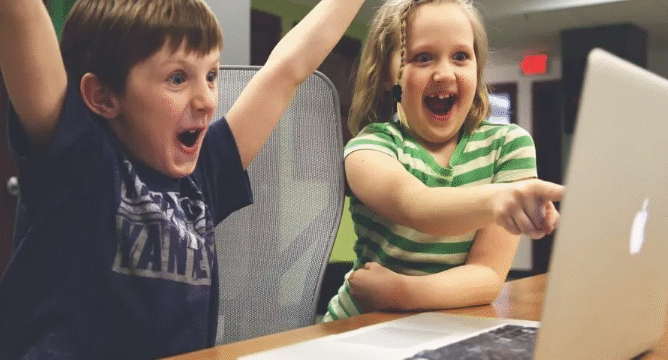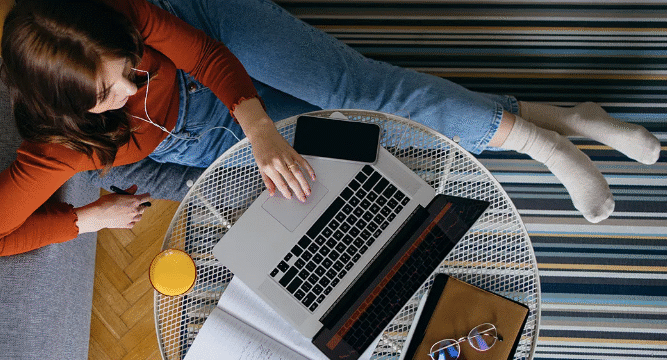Learning practical skills has never been easier, thanks to the rise of online education. Whether you want to master home repairs, sewing, photography, cooking, or even basic auto maintenance, the internet offers a wide range of resources designed to fit your schedule and learning style.
Here’s how to get started on your journey to learning hands-on skills from the comfort of your own home.
1. Decide What You Want to Learn
Start by choosing a specific skill you’d like to develop. Ask yourself:
-
Is this something I need for daily life?
-
Will it help with a hobby or interest?
-
Is it a professional skill I want to add?
Popular online skills include:
-
Basic first aid
-
DIY home improvement
-
Gardening and composting
-
Knitting or crocheting
-
Budget cooking
-
Digital photography
2. Pick the Right Platform
There are plenty of trusted learning websites and video platforms offering step-by-step instruction for practical skills. Some well-known options include:
-
YouTube: Great for free tutorials and visual demonstrations.
-
Skillshare: Offers hands-on classes in art, design, photography, and more.
-
Udemy: Features courses on everything from baking to electrical repairs.
-
Coursera & edX: Offer practical courses taught by university instructors.
Look for platforms with strong reviews, clear video instruction, and helpful resources like workbooks or discussion forums.
3. Choose Beginner-Friendly Courses
When learning a new skill, starting with beginner-level content ensures you build a solid foundation. Look for courses labeled:
-
“Beginner” or “No Experience Needed”
-
“Step-by-Step” or “Hands-On Practice”
-
Includes downloadable guides, supply lists, or practice projects
Tip: Many platforms offer free trials or preview lessons so you can sample the content before committing.
4. Gather the Right Tools and Materials
For practical skills, you may need some basic supplies. For example:
-
If you’re learning to paint: Brushes, paints, and canvas
-
For cooking: Basic kitchen tools and ingredients
-
For woodworking: Safety gear and simple tools
Start with what you already have at home, and only buy what’s truly necessary as you go.
5. Practice Regularly
The best way to get better at a practical skill is to do it often. Try to:
-
Set aside 30–60 minutes each week for learning and practice
-
Follow along with the video or tutorial in real-time
-
Repeat tasks until they feel natural
Mistakes are part of the learning process—don’t be discouraged!
6. Join Online Communities
Many skill-based learners share tips, post progress photos, or ask questions in online groups. Consider joining:
-
Facebook Groups related to your skill
-
Reddit communities like r/DIY or r/Cooking
-
Course discussion boards
Getting feedback or seeing others’ progress can boost motivation and help you stay on track.
7. Track Your Progress and Celebrate Wins
Keep a journal or photo log of your projects and milestones. It’s rewarding to see how far you’ve come, and it keeps your momentum going. Even small improvements count!
Final Thoughts
Practical skills are rewarding, useful, and often fun to learn. Thanks to online learning, you can grow your confidence, creativity, and independence—no matter where you start.
So pick a skill, choose your platform, and give yourself permission to learn by doing. Your future self will thank you.






